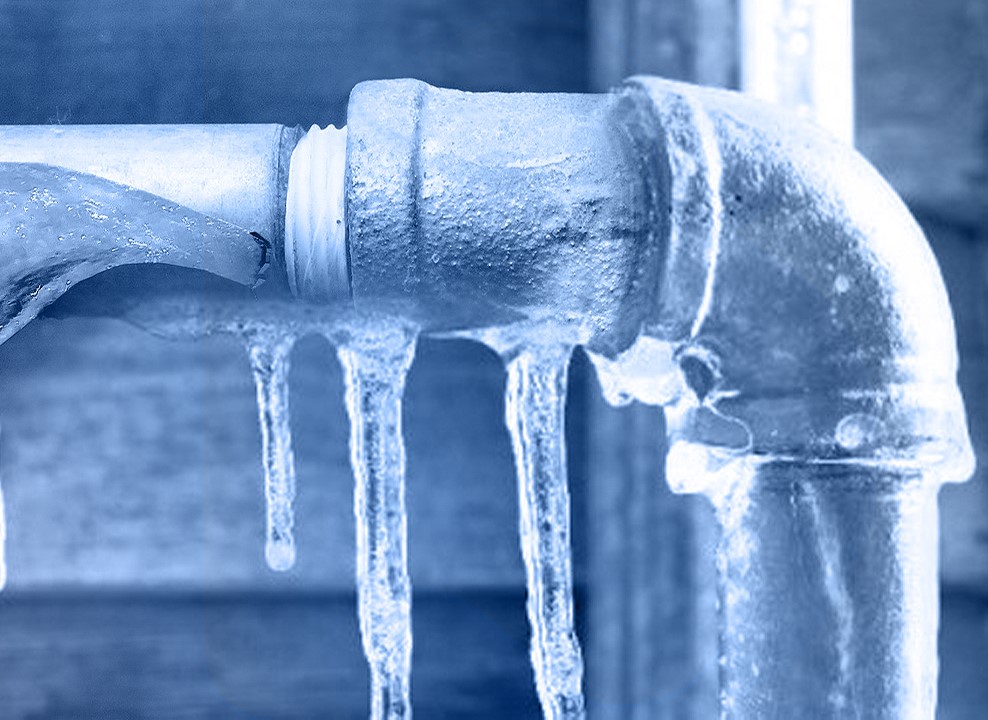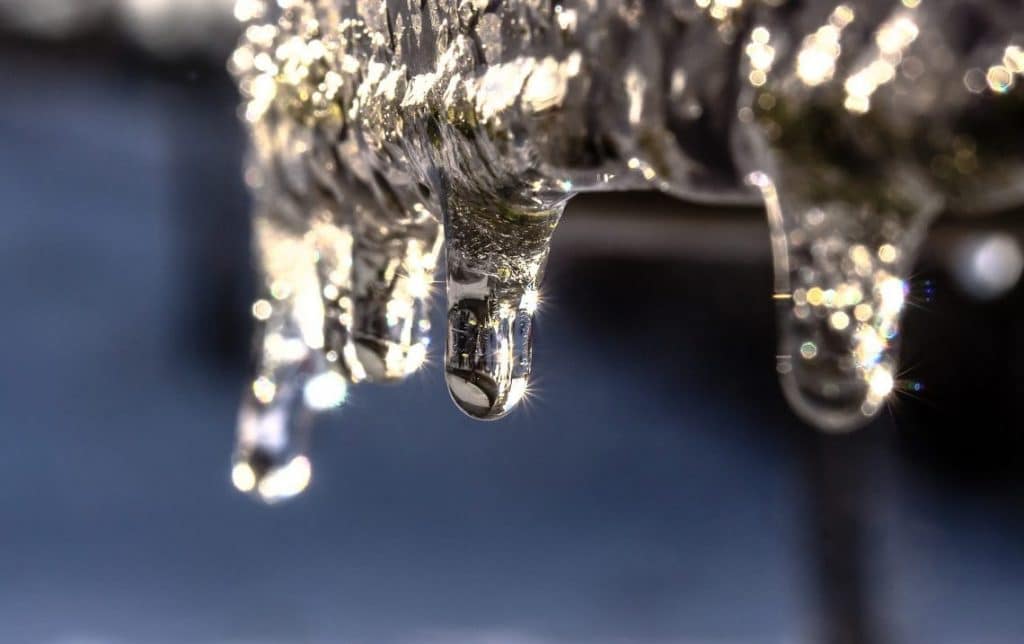Protecting Against Frozen Plumbing in Winter: Essential Strategies
Protecting Against Frozen Plumbing in Winter: Essential Strategies
Blog Article
We've found this article on How To Avoid Freezing Pipes listed below on the web and figured it made sense to share it with you over here.

Winter can ruin your plumbing, particularly by freezing pipelines. Here's just how to avoid it from happening and what to do if it does.
Intro
As temperatures decrease, the threat of frozen pipes rises, potentially causing pricey repairs and water damage. Recognizing just how to prevent frozen pipes is vital for home owners in cold climates.
Understanding Frozen Pipelines
What triggers pipelines to ice up?
Pipes ice up when subjected to temperature levels listed below 32 ° F (0 ° C) for expanded durations. As water inside the pipes freezes, it broadens, putting pressure on the pipeline wall surfaces and potentially creating them to burst.
Dangers and problems
Frozen pipelines can cause supply of water disturbances, building damages, and expensive repair services. Burst pipelines can flood homes and trigger considerable structural damage.
Signs of Frozen Water Lines
Recognizing frozen pipelines early can stop them from rupturing.
Exactly how to identify frozen pipes
Try to find lowered water flow from faucets, uncommon smells or noises from pipelines, and visible frost on subjected pipelines.
Avoidance Tips
Insulating prone pipelines
Cover pipelines in insulation sleeves or use warm tape to secure them from freezing temperatures. Focus on pipes in unheated or outside locations of the home.
Heating methods
Maintain indoor areas properly heated, especially locations with pipes. Open cabinet doors to permit warm air to circulate around pipes under sinks.
Safeguarding Outside Plumbing
Garden pipes and outdoor taps
Separate and drain yard hoses prior to winter months. Set up frost-proof spigots or cover exterior taps with insulated caps.
What to Do If Your Pipelines Freeze
Immediate activities to take
If you think icy pipelines, maintain taps open to alleviate pressure as the ice thaws. Use a hairdryer or towels soaked in hot water to thaw pipes gradually.
Long-Term Solutions
Structural adjustments
Consider rerouting pipes away from outside walls or unheated locations. Include added insulation to attics, basements, and crawl spaces.
Updating insulation
Buy high-quality insulation for pipes, attics, and walls. Proper insulation aids keep constant temperatures and minimizes the danger of icy pipelines.
Verdict
Preventing frozen pipelines calls for aggressive actions and fast feedbacks. By recognizing the reasons, indicators, and safety nets, home owners can protect their plumbing throughout winter.
5 Ways to Prevent Frozen Pipes
Drain Outdoor Faucets and Disconnect Hoses
First, close the shut-off valve that controls the flow of water in the pipe to your outdoor faucet. Then, head outside to disconnect and drain your hose and open the outdoor faucet to allow the water to completely drain out of the line. Turn off the faucet when done. Finally, head back to the shut-off valve and drain the remaining water inside the pipe into a bucket or container. Additionally, if you have a home irrigation system, you should consider hiring an expert to clear the system of water each year.
Insulate Pipes
One of the best and most cost-effective methods for preventing frozen water pipes is to wrap your pipes with insulation. This is especially important for areas in your home that aren’t exposed to heat, such as an attic. We suggest using foam sleeves, which can typically be found at your local hardware store.
Keep Heat Running at 65
Your pipes are located inside your walls, and the temperature there is much colder than the rest of the house. To prevent your pipes from freezing, The Insurance Information Institute suggests that you keep your home heated to at least 65 degrees, even when traveling. You may want to invest in smart devices that can keep an eye on the temperature in your home while you’re away.
Leave Water Dripping
Moving water — even a small trickle — can prevent ice from forming inside your pipes. When freezing temps are imminent, start a drip of water from all faucets that serve exposed pipes. Leaving a few faucets running will also help relieve pressure inside the pipes and help prevent a rupture if the water inside freezes.
Open Cupboard Doors
Warm your kitchen and bathroom pipes by opening cupboards and vanities. You should also leave your interior doors ajar to help warm air circulate evenly throughout your home.

Hopefully you enjoyed our excerpt about How To Avoid Freezing Pipes. Thanks for finding the time to browse our piece. Remember to take the time to promote this blog entry if you enjoyed it. Thanks so much for your time spent reading it.
Call Today Report this page